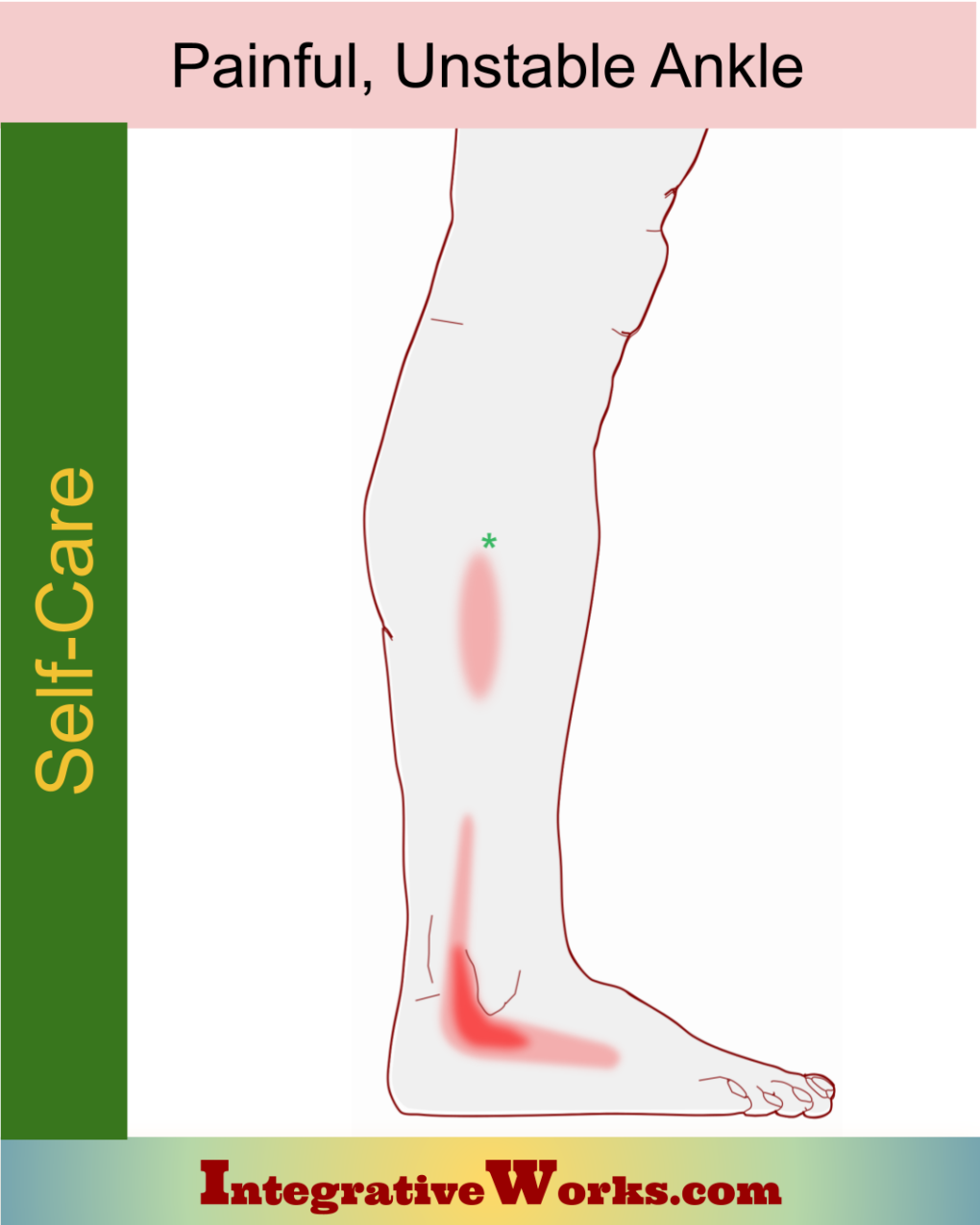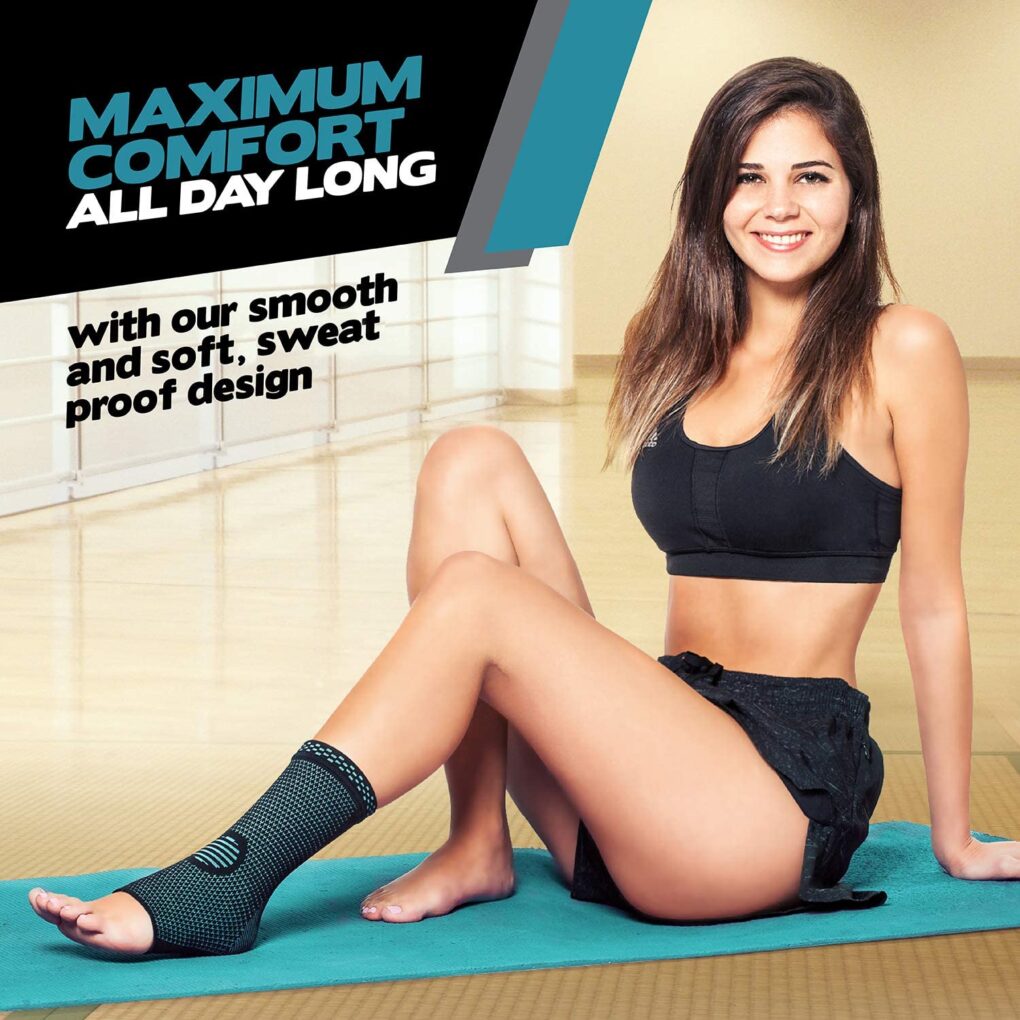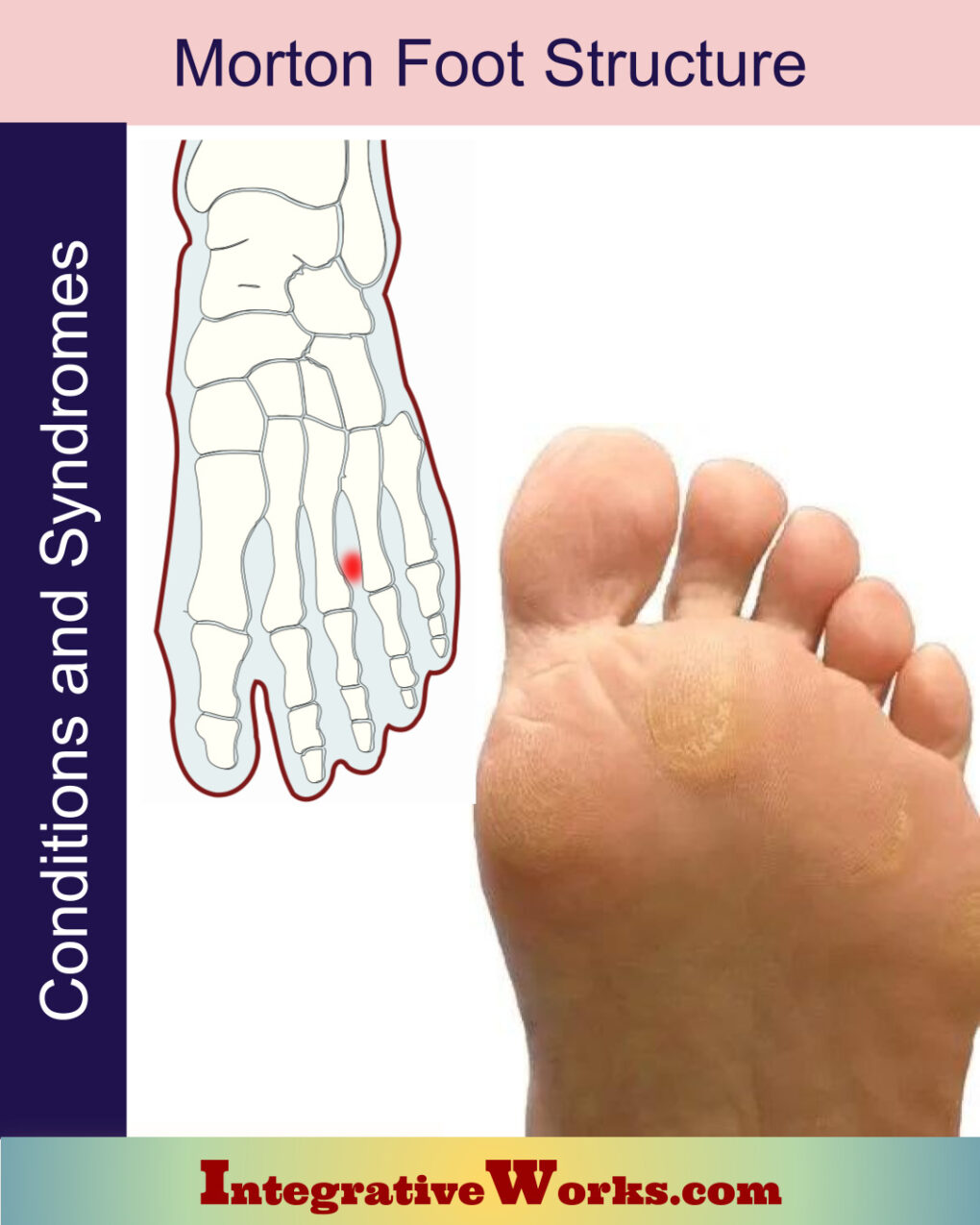Table of Contents
- Activities to Avoid or Change
- For Temporary Relief
- Stretches and Exercises for Longer-Lasting Relief
- Yoga Corner
Here, you will find self-care strategies for relieving a painful, unstable ankle. Look at this other post for more information about how people describe this pattern.
Mild Sprain?
In the first 48 hours, R.I.C.E.
- Rest is important to help the ankle repair and recover.
- Ice reduces swelling and inflammation while improving circulation. The ice plunges mentioned below are more effective than ice packs.
- Compression also helps with supporting the ankle. Especially when you’re moving around, wrap it snugly in a bandage. If it is too tight, your toes will get tingly, numb, and maybe kinda blue. Loosen it a bit.
- Elevation helps to minimize swelling. Put it on something soft above your heart, if possible.
With proper care, this should improve over 48 hours.
If it doesn’t improve, or there are some bluish areas around your foot, seek professional care.
Unfortunately, I’ve seen these nagging ankle sprains bug people for years after they’ve “recovered” from the injury.
Activities To Avoid or Change:
Seek Level Ground
Be cautious with this for a few weeks. Then, use the support listed below when you need to be on uneven terrain.
Brace yourself for Sports
Avoid sports that require quick side-to-side movements. This includes tennis, basketball, football, etc. Get a great brace from Amazon or your local drug store if you have to play. Further injury tends to haunt people for years.
Avoid the Figure-4 Leg Cross
This position applies pressure to the muscle. Moreover, it often leads to a more complicated and chronic problem. The pressure can lead to nerve damage, especially if you get tingling and numbness when your legs are crossed.
Sleeping tips
Long periods in bed with the ankle straightened can also contribute to this problem. Sleep on your side with the ankle bent or use a footboard.
Shoes and Stability
Often, foot, ankle, and low-leg problems continue because your shoes are improperly tied. This solution is called “runner’s loop” or “heel lock.” It uses those extra eyelets in athletic footwear to stabilize your foot in the shoe.
Check out this video. I’ve used this technique for years, and it really works. The foot feels more solidly secured in the shoe with less pressure on the instep.
Alas, if your shoes are worn, replace them. Many hip, knee, ankle, and foot problems continue to be aggravated by shoes that are loose or have worn soles.
For Temporary Relief:
Support Your Ankle
Often, especially when you have over-stretched or mildly sprained the ankle, it needs support. There are several ways to support it. Most commonly, people use an elastic sleeve or ace bandage, which are available at the drug store. These supports and other, more study braces are available on Amazon.
Additionally, boots, especially with adjustable laces, are a great option.

Relief While Braced
A vapocoolant pain patch can really help to ease the pain. However, you should support the ankle with a brace or boot if you’re doing this. The patch will relieve the pain, but you still need a brace to remind you and guard the ankle.
Simply put a patch on the green star in the illustration. I know that it hurts a little lower, but the trigger point, which creates the pain, is higher. Additionally, it is easier to keep it on when it is higher.
These self-care activities, like over-the-counter drugs, are not intended to replace appropriate medical attention. If you have concerns about these self-care activities, get help from a professional. Use these suggestions and strategies with discretion and at your own risk. See your doctor when your pain is severe, persistent, or not responding to these simple suggestions.
Stretches and Exercises for Longer-Lasting Relief:
The Ice Plunge is Amazing
I can’t tell you how many people have followed this video and fixed the ankle problem. Do it. Really.
True Story
The guy who worked at my coffee shop had a gimpy ankle. I noticed it and recommended this video. He said that he had already had six weeks of PT. I urged him to try it. When I returned the next week, he lit up. He said that he did it twice a day for three days. It fixed his ankle. Three years later, he appeared at my door as the cable installer. His ankle was still good. He was SO happy.
Classic AIS Stretch
First, don’t stretch this until it is stable and you are sure that it isn’t sprained.
This calf stretch is great for the peroneus longus. To make it even more effective, wrap the rope around the foot. Then, as you stretch, pull a little more on the side by the big toe. You’ll feel how that peroneus pulls along the side of the leg.
Morton Foot Structure
Some feet have a bone structure that creates more instability than others. This foot rocking can perpetuate foot, leg, and hip pain. A more stable foot and gait can dramatically reduce pain in the lower extremity, especially the hip, and knee.
This condition can remain mild or lead to expensive treatments and even surgery. If you have this structure and some of its symptoms, take a look at this overview.
That post offers practical suggestions to reduce pain and increase stability on the foot. There are simple self-care suggestions, like inexpensive foot pads from Amazon. You can prevent advancing that foot problem, which can perpetuate the trigger points described here.
Morton Foot Structure makes this worse
Morton Foot Structure is particularly aggravating to this peroneus longus trigger point. Peroneus Longus and tibialis posterior are instrumental in the supination and pronation of the foot. Okay, we use those terms that way, but anatomically it is known as inversion and eversion of the foot. I digress. At any rate, don’t miss the post on Morton’s Foot Structure. It is particularly impacting on this muscle. Consequently, a foot pad can be inexpensive, very little trouble, and quite helpful in treating the trigger point in this muscle.
I’d love your feedback on how this works for you and any suggestions you might have.
Email me at integrativeworks@gmail.com.
Yoga Corner
Instability Can Re-Injure This
Lunging, standing on one foot, and other balancing challenges can lead to sudden moves and strain. So, skip Left Tree or Warrior for a little later.
Those poses will be great, once this has healed. In fact, getting back onto those poses will build ankle strength. Just save them for the appropriate time.
Support Integrative Works to
stay independent
and produce great content.
You can subscribe to our community on Patreon. You will get links to free content and access to exclusive content not seen on this site. In addition, we will be posting anatomy illustrations, treatment notes, and sections from our manuals not found on this site. Thank you so much for being so supportive.
Cranio Cradle Cup
This mug has classic, colorful illustrations of the craniosacral system and vault hold #3. It makes a great gift and conversation piece.
Tony Preston has a practice in Atlanta, Georgia, where he sees clients. He has written materials and instructed classes since the mid-90s. This includes anatomy, trigger points, cranial, and neuromuscular.
Question? Comment? Typo?
integrativeworks@gmail.com
Follow us on Instagram

*This site is undergoing significant changes. We are reformatting and expanding the posts to make them easier to read. The result will also be more accessible and include more patterns with better self-care. Meanwhile, there may be formatting, content presentation, and readability inconsistencies. Until we get older posts updated, please excuse our mess.








Pingback: Painful, Unstable Ankle - Integrative Works